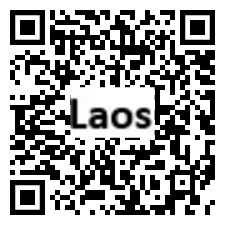Country Summary
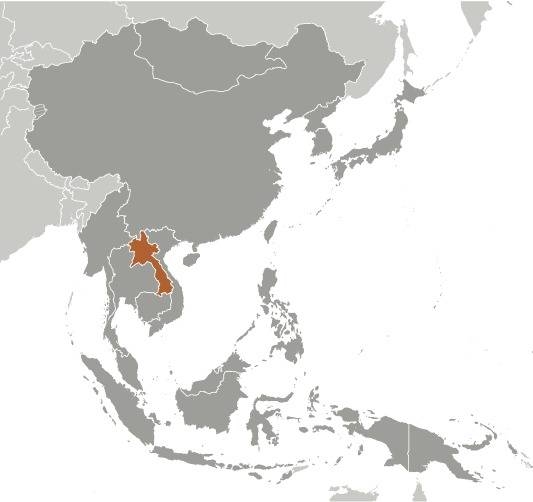
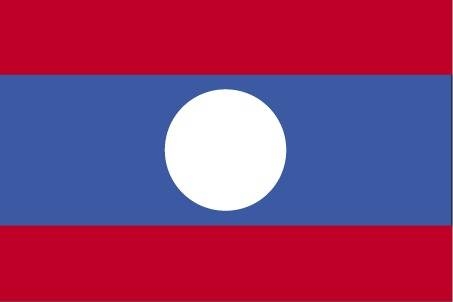
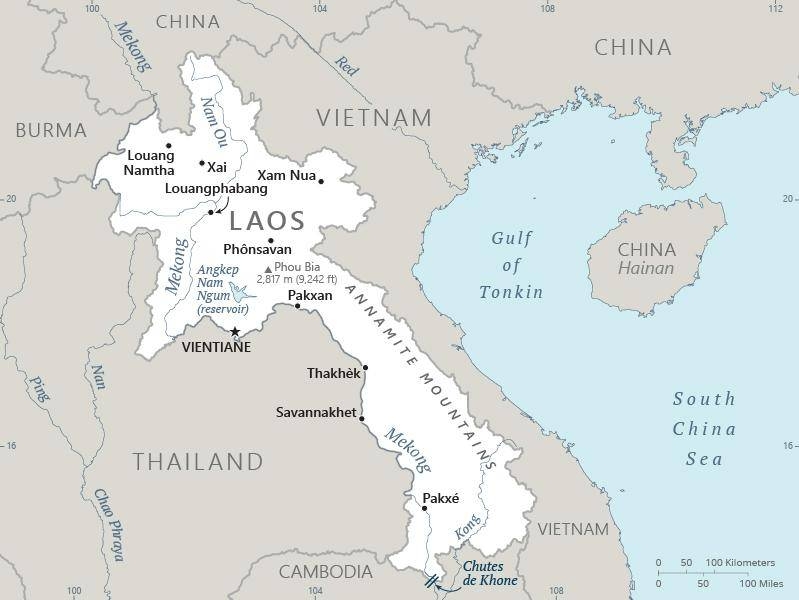
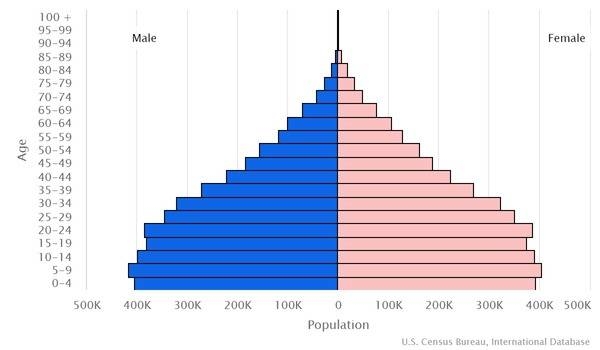
Introduction
Background
Modern-day Laos has its roots in the ancient Lao kingdom of Lan Xang. Laos came under the domination of Siam (Thailand) from the late 18th century until the late 19th century, when it became part of French Indochina. In 1975, the communist Pathet Lao took control of the government. A gradual, limited return to private enterprise and the liberalization of foreign investment laws began in 1988.
Geography
Area
total: 236,800 sq km
land: 230,800 sq km
water: 6,000 sq km
Climate
tropical monsoon; rainy season (May to November); dry season (December to April)
Natural resources
timber, hydropower, gypsum, tin, gold, gemstones
People and Society
Population
7,749,595 (2022 est.)
Ethnic groups
Lao 53.2%, Khmou 11%, Hmong 9.2%, Phouthay 3.4%, Tai 3.1%, Makong 2.5%, Katong 2.2%, Lue 2%, Akha 1.8%, other 11.6% (2015 est.)
Languages
Lao (official), French, English, various ethnic languages
Religions
Buddhist 64.7%, Christian 1.7%, none 31.4%, other/not stated 2.1% (2015 est.)
Population growth rate
1.34% (2022 est.)
Government
Government type
communist state
Capital
name: Vientiane (Viangchan)
Executive branch
chief of state: President THONGLOUN Sisoulit (since 22 March 2021); Vice Presidents PANI Yathotou and BOUNTHONG Chitmani (since 22 March 2021)
head of government: Prime Minister PHANKHAM Viphavan (since 22 March 2021); Deputy Prime Ministers CHANSAMON Chan-gnalat, SONXAI Siphandon, KIKEO Khaikhamphithoun (since 22 March 2021); VILAI Lakhamfong, SALEUMXAI Kommasit (since June 2022)
Legislative branch
description: unicameral National Assembly or Sapha Heng Xat (164 seats; members directly elected in multi-seat constituencies by simple majority vote from candidate lists provided by the Lao People's Revolutionary Party; members serve 5-year terms)
Economy
Economic overview
lower middle-income, socialist Southeast Asian economy; one of the fastest growing economies; declining but still high poverty; natural resource rich; new anticorruption efforts; already high and growing public debt; service sector hit hard by COVID-19
Real GDP (purchasing power parity)
$56.79 billion (2020 est.)
Real GDP per capita
$7,800 (2020 est.)
Agricultural products
rice, roots/tubers nes, cassava, sugar cane, vegetables, bananas, maize, watermelons, coffee, taro
Industries
mining (copper, tin, gold, gypsum); timber, electric power, agricultural processing, rubber, construction, garments, cement, tourism
Exports
$6.99 billion (2019 est.)
Exports - partners
Thailand 36%, China 28%, Vietnam 16% (2019)
Exports - commodities
electricity, copper, rubber, gold, flavored water (2019)
Imports
$7.52 billion (2019 est.)
Imports - partners
Thailand 53%, China 26%, Vietnam 10% (2019)
Imports - commodities
refined petroleum, cars, cattle, iron structures, steel products (2019)
Exchange rates
kips (LAK) per US dollar -
Page last updated: Tuesday, August 02, 2022
